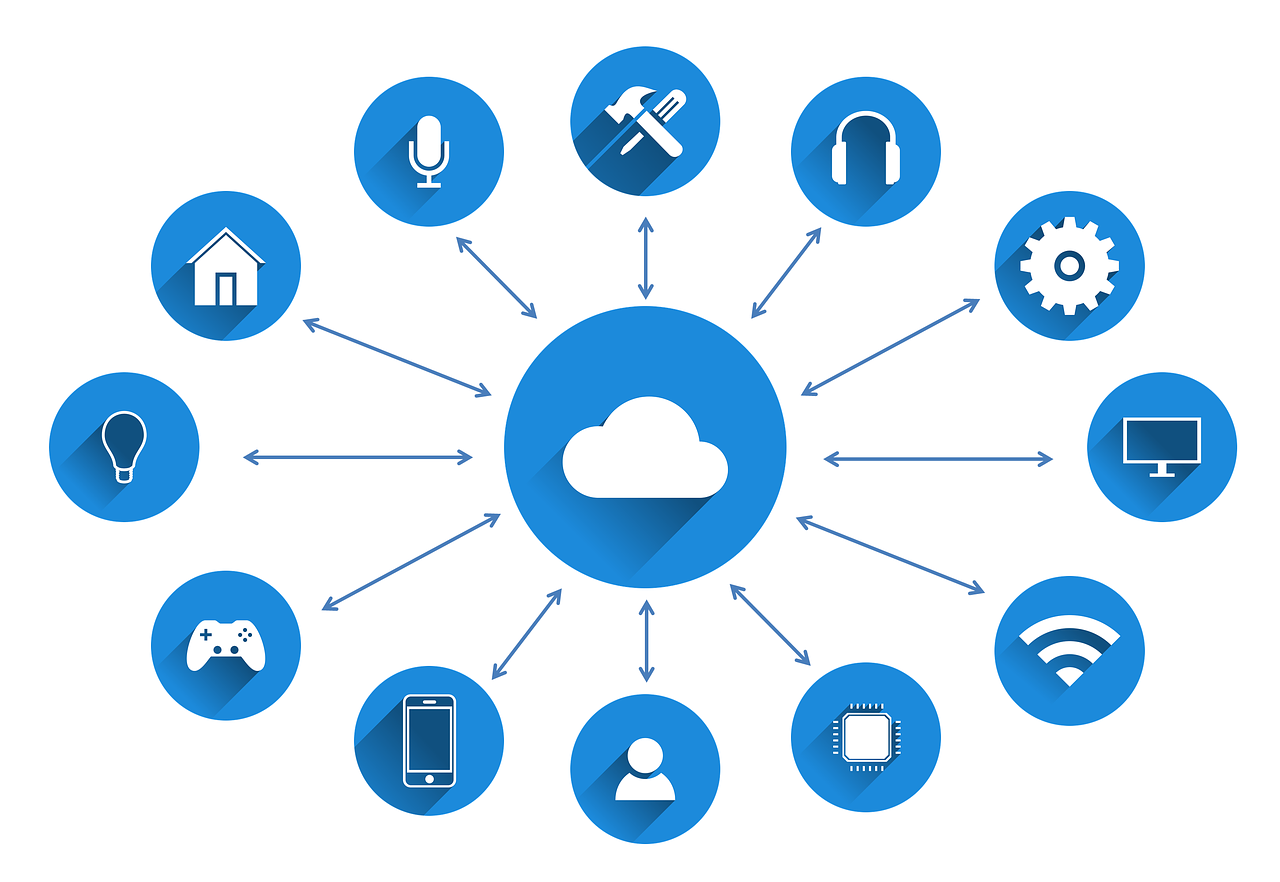Samsung, LG phones at risk of malware attacks

Samsung and LG phones have been found to be at risk of malware attacks due to a vulnerability in the devices’ emergency alert systems. Researchers at Check Point, a cybersecurity company, found that hackers could use the emergency alert system to send malicious messages to targeted phones, potentially allowing them to steal data or take control of the device. The vulnerability affects devices running on Android 8 or higher, and Samsung and LG have released patches to address the issue. However, this underscores the ongoing need for consumers to be vigilant about their device’s security and to keep their software up to date to avoid potential vulnerabilities.
In the rapidly evolving landscape of technology, smartphones have become indispensable companions in our daily lives. With their advanced features and capabilities, devices from industry giants like Samsung and LG have garnered immense popularity. However, as our reliance on these gadgets deepens, so does the threat of cyber-attacks, particularly malware. In this article, we delve into the vulnerabilities that put Samsung and LG phones at risk of malware attacks, and explore the measures users can take to safeguard their devices.
Understanding the Threat Landscape:
Malware, short for malicious software, encompasses a variety of threats such as viruses, spyware, ransomware, and more. These digital adversaries exploit vulnerabilities in software and operating systems to compromise the security of devices, potentially leading to data breaches, financial losses, and unauthorized access to personal information.
Samsung and LG, being major players in the smartphone industry, are not immune to these threats. The Android operating system, which powers the majority of their devices, is an open-source platform that offers flexibility and customization but is also susceptible to security vulnerabilities.
Vulnerabilities in Samsung Phones:
Samsung, a household name in the world of smartphones, uses the Android operating system for its devices. While Android is praised for its open nature, it also makes devices more susceptible to malware attacks. One of the primary reasons for this susceptibility is the fragmentation of the Android ecosystem. Unlike Apple’s iOS, which is tightly controlled and updated across all devices simultaneously, Android updates are rolled out by device manufacturers and carriers at varying speeds.
This fragmentation can result in delays in delivering crucial security patches to Samsung devices, leaving them exposed to known vulnerabilities for extended periods. Cybercriminals often target these vulnerabilities to gain unauthorized access, install malicious apps, or exploit weaknesses in the system’s defenses.
LG Phones: Similar Challenges:
LG, another prominent player in the smartphone market, faces similar challenges concerning malware threats. As with Samsung, LG devices rely on the Android operating system, which is a common target for cybercriminals due to its widespread use.
The delayed release of security patches is a shared concern for LG users. The time it takes for manufacturers and carriers to customize and release updates for specific devices can leave them susceptible to attacks. Furthermore, older LG devices may receive limited support, making them more vulnerable to exploits that are no longer patched.
Common Malware Attack Vectors:
Understanding the common ways in which malware infiltrates smartphones is essential for users to protect their devices effectively. Some prevalent attack vectors include:
Malicious Apps:
Cybercriminals often disguise malware as legitimate applications, tricking users into downloading and installing them. Once installed, these apps can compromise the device’s security and steal sensitive information.
Phishing Attacks:
Malicious actors use phishing techniques to trick users into providing sensitive information, such as login credentials or personal details. These attacks can occur through emails, text messages, or fake websites designed to appear trustworthy.
Unsecured Wi-Fi Networks:
Connecting to unsecured Wi-Fi networks exposes smartphones to potential malware attacks. Cybercriminals can exploit vulnerabilities in the network to intercept data and inject malware into the device.
Outdated Software:
Failure to update the operating system and applications on smartphones leaves them open to known vulnerabilities. Cybercriminals actively target devices with outdated software to exploit these weaknesses.
Securing Your Samsung and LG Phones:
While the risks are present, users can take proactive steps to enhance the security of their Samsung and LG phones:
- Regular Software Updates: Ensure that your device’s operating system and applications are regularly updated. Promptly install security patches and updates provided by Samsung or LG to address known vulnerabilities and strengthen your device’s defenses.
- Download Apps from Trusted Sources: Stick to official app stores, such as the Google Play Store, and be cautious about downloading apps from third-party sources. Check app reviews and permissions before installation to avoid potential threats.
- Enable Two-Factor Authentication (2FA): Adding an extra layer of security through 2FA can significantly reduce the risk of unauthorized access to your device and accounts.
- Use a Virtual Private Network (VPN): When connecting to public Wi-Fi networks, use a VPN to encrypt your internet connection and protect your data from potential eavesdropping and malware attacks.
- Be Wary of Phishing Attempts: Exercise caution when clicking on links or providing personal information, especially in unsolicited emails or messages. Verify the authenticity of communication before taking any action.
- Install Antivirus Software: Consider installing reputable antivirus or anti-malware software on your device. These tools can provide an additional layer of protection by detecting and removing malicious software.
As technology continues to advance, so do the threats that accompany it. Samsung and LG phones, while offering cutting-edge features, are not exempt from the risk of malware attacks. Users must be proactive in securing their devices by staying informed about potential threats and adopting best practices for smartphone security. By following the recommended steps, users can create a robust defense against malware, ensuring a safer and more secure mobile experience.



